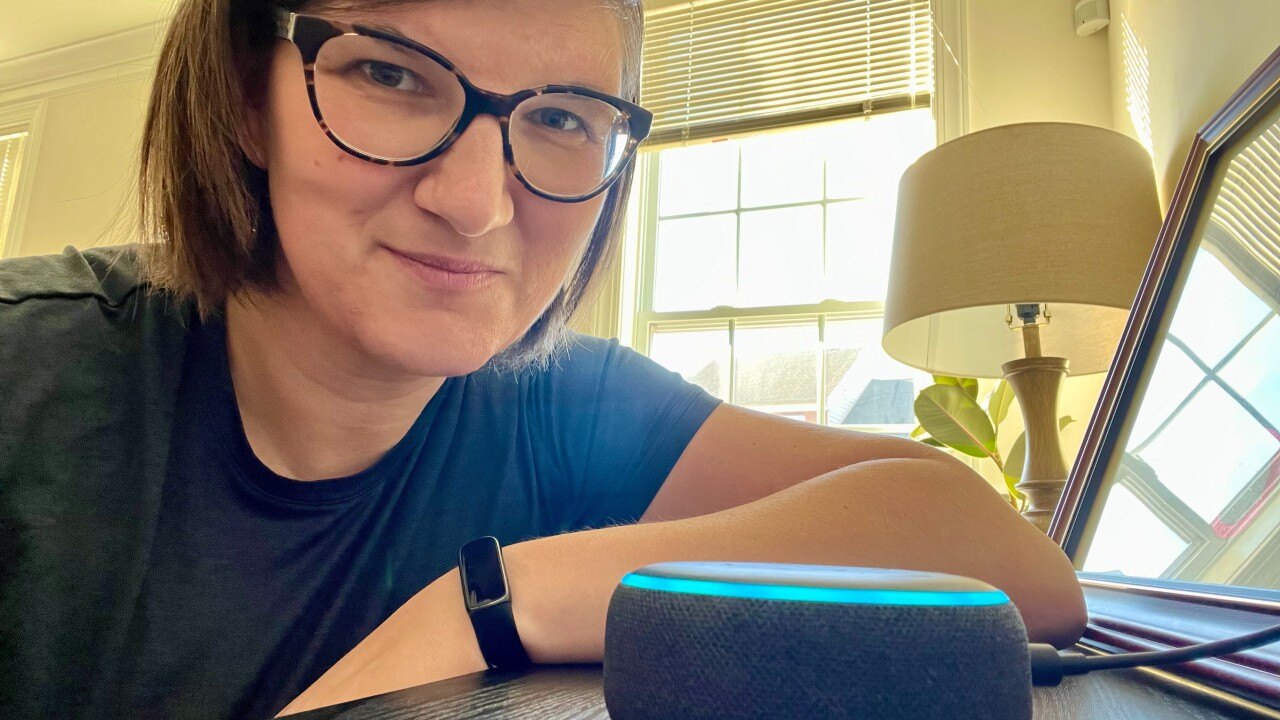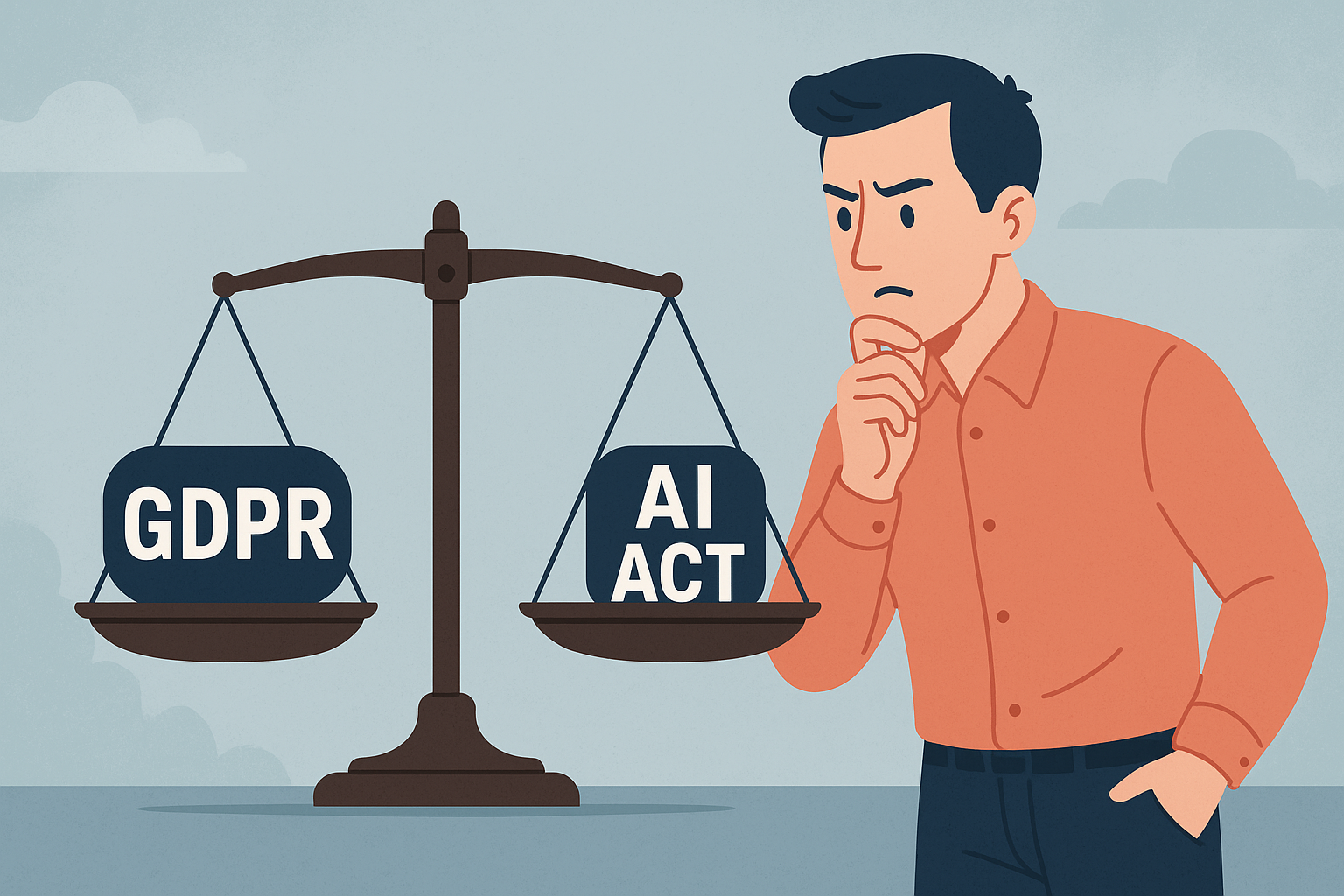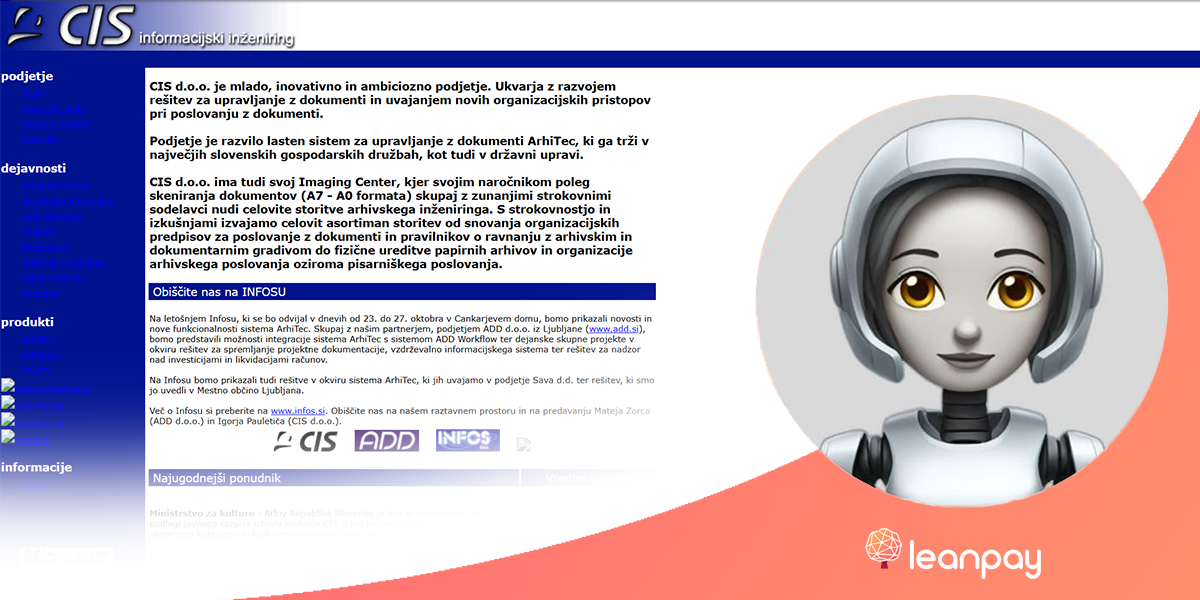Why AI Resolves 80% of Customer Issues Elsewhere—But Didn’t Work for You

I’ve learned the most about AI in the place I least expected: customer support. Here’s the scene. A contact center agent, worn out from answering the same question for the 16th time: “Is this still under warranty?” or “How do I book a service?”. Customers pinging your Messenger because their email got ignored. A CEO chasing the dream of AI to cut support costs.
So you start asking: “Do we know who’s already replied to whom?” “Do we have a history of each interaction?” “How long do agents spend on repetitive stuff?”
Silence.
Anyone who’s ever worked in support knows: half the day is spent answering the same old questions. But leadership often assumes all that’s already been solved. It hasn’t. This isn’t a people problem. It’s a systems problem. Outlook is not a support platform., a shared inbox isn’t a CRM. And an FAQ page isn’t a knowledge base. If that’s all you’ve got, you’re most likely running on chaos.
If your team is organized by communication channel, you’re doing it wrong. Marketing handles Messenger, sales handles phone calls and support has a shared inbox in Outlook. The customer? Caught in the middle—fragmented across departments, explaining the same issue three times—once on chat, once via email, once on the phone. Starting from scratch every time. Meanwhile, you know they’re right—but you’ve got no context, no record.
And then someone slaps on a cheap chatbot you can deploy in four clicks with a 30-day free trial—and surprise: it flops. It’s not “intelligent.” It can’t help. Other than shuffling annoyed customers onto already-overworked humans, it does nothing. So you shut it down and tell yourself the tech’s just not there yet.
But that’s not true. The tech is there. You just haven’t done your homework.
First, build the system. Then add AI.
Truth is, most companies don’t even deserve AI yet. Nor do they need it. What they do need is structured, system-driven customer support. Start there.
A system that knows the customer’s history. A system that categorizes requests without manual effort. A system where agents aren’t rewriting every response from scratch. A system that lets new hires ramp up in a day—not a week.
But too often, a new employee’s first day starts with: “Everything’s in Outlook. You’ll figure it out.” Two hours later, they’re answering a question someone else already handled—differently, and worse. (We’re talking about the human here, not the AI agent. The AI doesn’t need onboarding—it needs context and data.)
This isn’t a tech investment. It’s the bare minimum. The difference between burnout and retention. Between churn and loyalty. Between AI making a difference—or not even standing a chance.
How to Make AI Actually Work for You
I often talk about Lea, Leanpay’s AI support agent, and the results she’s delivering. But I rarely talk about how we got there.
- Phase one: centralize all communication and build the ticketing foundation.
- Phase two: introduce an AI copilot to help agents draft replies.
- Phase three: deploy Lea—an autonomous AI agent handling selected issues entirely on her own.
Sometimes better than a human. Always faster. Which matters more to customers than you think, especially when you’re the one standing on the other side of the counter.
Lea isn’t the solution. She’s the result. The outcome of a system built to support AI before we ever let her loose. And that’s the difference between you and the companies where AI already works.
You’re not missing artificial intelligence. You’re missing structure. To start with.


